Say hello to your bones — all 200+ of them! Adults have anywhere from 206 to 213 bones, and they’re the infrastructure of the human body. With that many moving parts, it’s no wonder joint pain and bone conditions can be debilitating. And these challenges become more common as we age.
Maybe your joints snap, crackle and pop when you get out of bed. Maybe your knees are the ones you were born with. No matter where you fall on the orthopedic spectrum, this guide is for you. Below, we’ll walk through the basics of bone health and share ways to keep your bones strong in your 60s and beyond.
Common Bone Health Terms to Know
We’ll start by breaking down a few terms that will help you understand why bone health matters—and why not all skeletons are created equal.
1
Bone density
The National Council on Aging (NCOA) says 65% of bone tissue is made up of minerals (calcium and phosphorus, to be exact), which is what makes our bones solid. The more minerals in our bones, the more dense they are. After we turn 50, we start losing bone mineral density, or bone mass, faster than we can regenerate it. And women may lose up to 20% of bone density within 5 to 7 years after menopause sets in.
2
Osteoporosis
One in two women and one in five men over 50 are at risk of breaks due to weakened bones, according to experts at Johns Hopkins. Osteoporosis, which means “porous bone,” is a disease that thins the framework inside your bones. Because of this thinning, a break can happen with just a minor fall or bump against something hard.
3
Osteopenia
Osteopenia refers to decreased bone density, and is not a disease like osteoporosis. It may be a precursor to osteoporosis, especially if left untreated. If your bones are less dense than normal—and density can decrease as you age—you may develop osteopenia. Although osteopenia does not always lead to osteoporosis—nor does it carry the same high risk of serious fracture—it is crucial to address it with your provider in a timely way to prevent unnecessary pain, injury or progression.
Bone Health Care Providers
The doctors replacing knees and hips aren’t the only ones who support skeletal health among older adults. Here are some of the other health professionals who may offer services and care.
- Physical therapists. Improve balance, function and strength with the guidance of these movement specialists.
- Gynecologists. Loss of estrogen during menopause is a major factor impacting bone density, increasing the risk of fractures and joint aches and pains. Post-menopausal women may find tailored guidance and recommendations from their gynecologists, such as appropriate supplements or medications to replace hormones and minerals that support bone strength. Gynecologists may also suggest seeing a nutrition or exercise specialist who understands the impact of menopause on bone health.
- Orthopedic surgeons. If the pain in your joints and bones persists despite lifestyle changes and other interventions, you may want to consider a knee, hip or shoulder replacement performed by an orthopedic surgeon. If you experience a fracture that requires surgery, an orthopedic surgeon will likely make the repair.
- Rheumatologists. Autoimmune conditions and other musculoskeletal disorders can impact bone health. In these cases, coordination with a rheumatologist may be a wise next step.
- Primary care providers. Ask your primary care provider for their perspective on a bone health treatment plan. They can also refer you to a specialist once they have a better idea of what’s going on.
- Geriatricians. These healthcare professionals specialize in aging, so their expertise in all things bone-related is extensive.
- Endocrinologists. Since hormonal changes (in both men and women) often contribute to the loss of bone density, these care providers may offer recommendations for osteoporosis support.
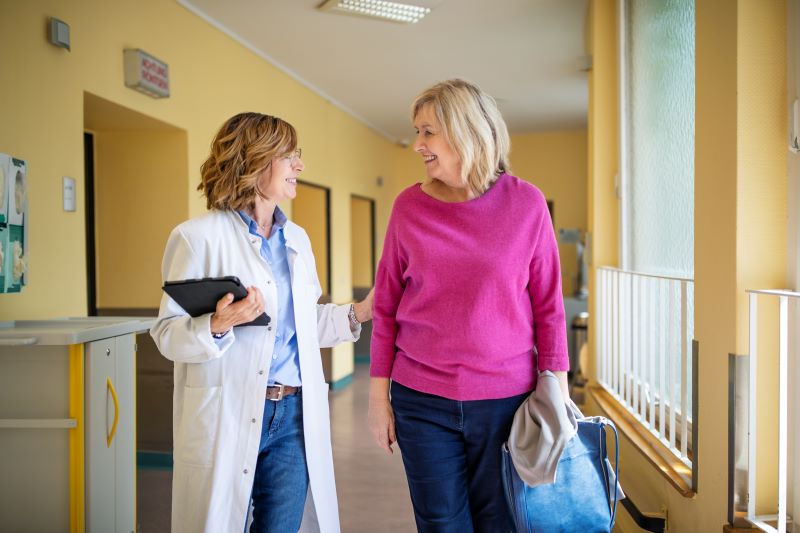
5 Ways to (Safely) Exercise Your Bones
Your body is unique, and so are all 200+ of your bones. Talk to your doctor before starting any new fitness regimen to determine if there are any precautions you should take. If you already have osteoporosis, you’ll need to steer clear of certain exercises and movements.
As you move through these exercises, be gentle and listen to your body.
- Stomp your feet. This move is not just for demanding toddlers! According to AARP, the jolt you get from stomping stimulates your bones—and it’s good for you. If you walk for exercise, incorporate a foot stomp every 10 or so steps. Make sure there’s some real “oomph” behind it too; imagine you’re crushing a soda can with your feet.
- Surprise your bones. Research has shown that abruptly changing direction while working out—think pivoting in pickleball or tennis—strengthens the bones. Much like stomping, the force of movement and contact between your feet and the pavement is good for your skeletal system.
- Hit the stairs (or the dance floor). The movement involved in going up and down stairs is beneficial for bone health. Add some light handheld weights (or ankle weights) for a bonus boost—but mind your balance!
- Stand on one foot. Speaking of balance, bone health isn’t all about power and force. Sometimes, it’s about fine-tuning your posture or holding a particular position. Tai chi is a great way to improve stability and strength. (Bonus: Check out these tips on keeping your feet healthy.)
- Add resistance. Layer in the free weights, fitness bands, or your own body weight (think push-ups—you can do them against the wall if you don’t want to drop and give 20) to bolster density. Resistance makes your bones work harder, which in turn makes them stronger. Make sure to rest a full day between resistance sessions.
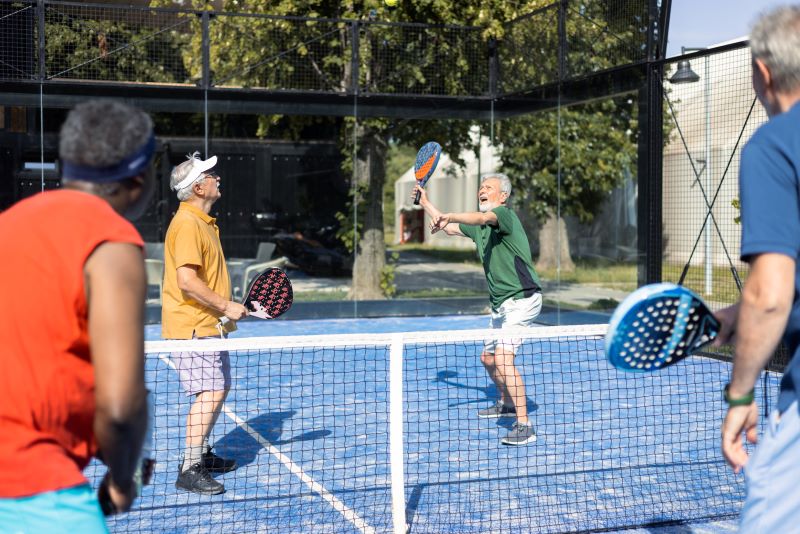
Prioritize Bone Health for Lasting Benefits
If your ancestors had healthy bones and joints, you can thank your good genes for such a gift. Still, as your body ages, so does its structural system—but there are many ways you can maintain it.
Whether you’re facing your next decades with osteoporosis or recovering from a surgery following a fall, take control of your bone health by trying some of these simple exercises or scheduling an appointment with your provider.


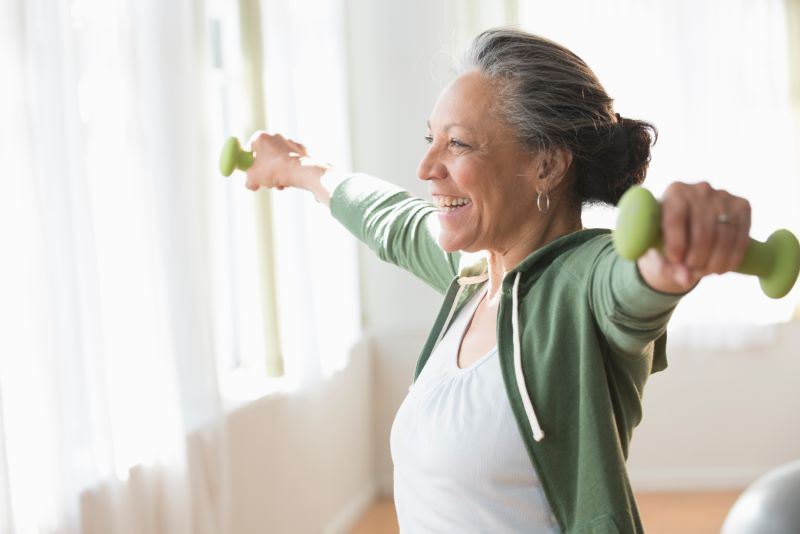
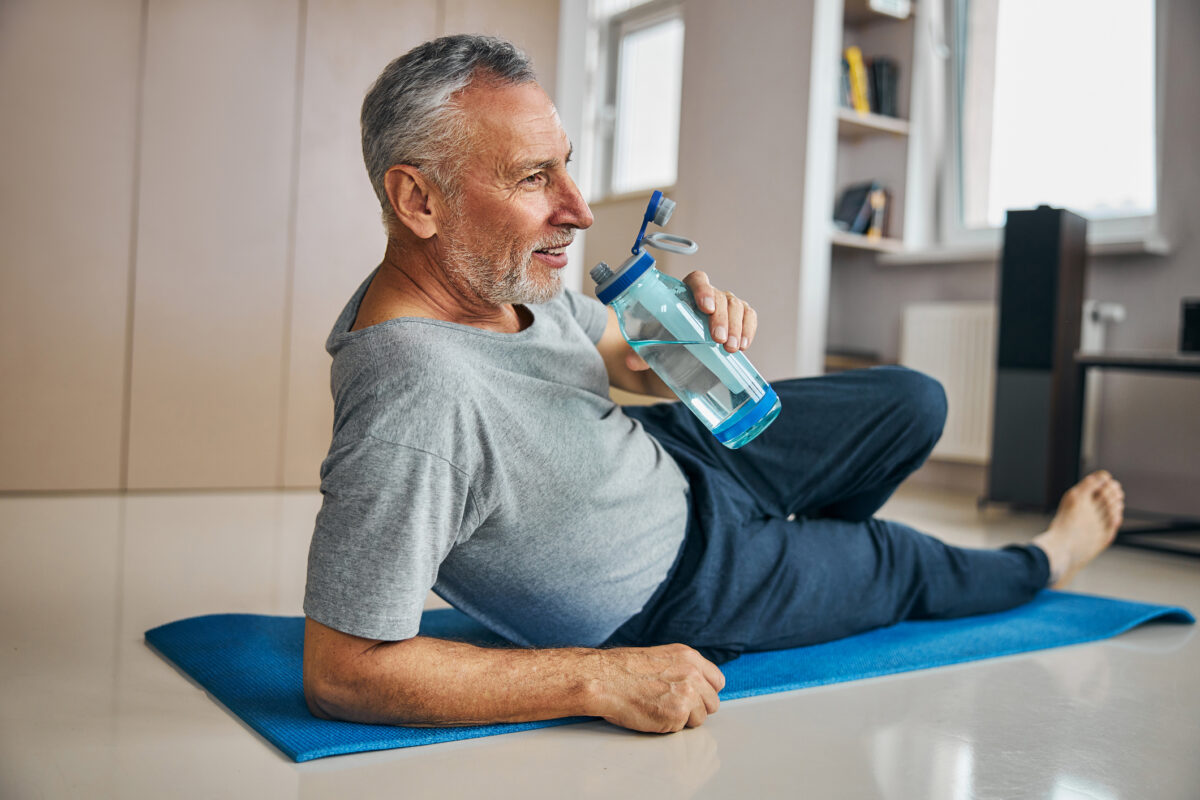
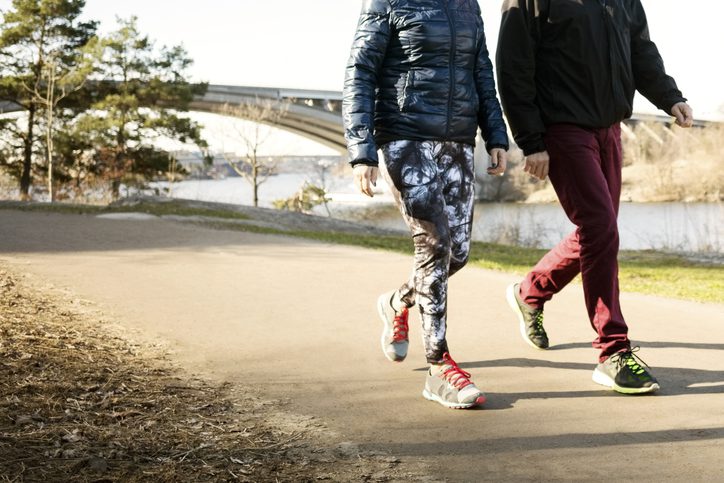
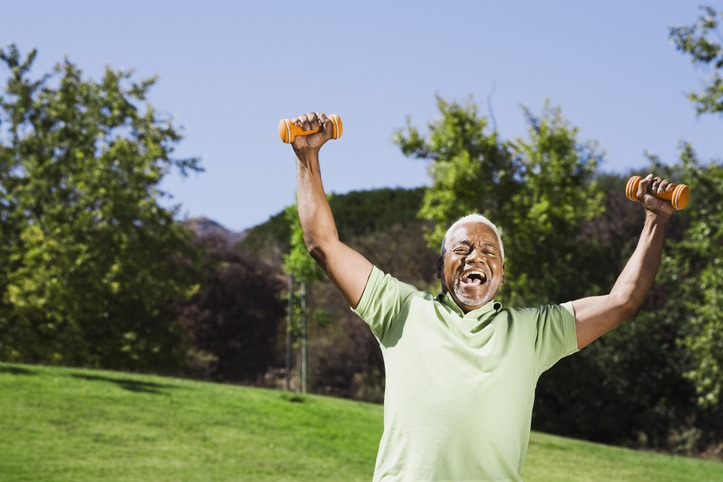

I exercise daily doing yoga weights and swimming sometimes 2 classes a day sometimes just swimming
I’m trying not to over do it
Thank God so far I haven’t had a fall or any broken bones
I do have osteopenia but farting no therapy
Such a wonderful message that I just read. I now have some bone loss and will have to do some hard decisions. Thank you for your ideas.
Good information for bone health for older adults and those on medications that may add to thinning of the bones.
I have osteopenia and have had success staving off anything further by jogging (slowly on the treadmill), participating in dance classes, a few rounds of ten jumps in place without shoes on a wood floor a day, and eating calcium containing foods like soy milk, tofu, cottage cheese, etc. I’ve stayed away from calcium pills as a recently completed 10 year study has found no benefit and that the pills tend to deposit calcium in arteries instead of bones, and recent information has found that 4-5 (100 cal.) dried prunes stimulates bone growth so I’ve incorporated prunes as a snack in my diet.
Geri Fit twice a week, daily walking 45 minutes, daily stretches, diet of meat/fish, green and yellow vegetables, variety of fruits daily keeps me going along with daily vitamin supplements. This along with some social stimulation, volunteering at MCC ushering gives me good music or theatre fixes. Keeping motivated is the challenge for an 87 year-old body.
Dancing used to be the best way to be healthy before chronic back pain entered the picture for me. Never give up is now my mantra.
Bone Builders is a great class to take to help with both osteopenia and osteoporosis!!
Good article about bone health
Great article. Very informative
Very helpful thank you
A Guide to Bone Health was very educational. It was a very short read packed with information.Thank you.